Just girls being girls!

Lesbian and bisexual women have been written off as close friends throughout history. Some of the historical figures on this list, like Sally Ride or Willa Cather, chose to keep their sexual orientation private for the sake of their careers. Others, like Frida Kahlo and Vita Sackville-West, were hardly in the closet, yet their sexual orientation is still glossed over in history books. Here’s to “gal pals” who were so much more than pals, and women-loving women throughout history!
Whitney Houston and Robyn Crawford

Those close to Whitney Houston while she was alive may have known about this one, but her affair with Robyn Crawford wasn’t super public knowledge until after her death. Crawford discussed their relationship in her book, A Song For You, where she described their relationship as intimate in all levels. The portrayal of their love was a subject in the Houston biopic starring Naomi Ackie.
Babe Didrikson and Betty Dodd

Babe Didrikson is the co-founder of the Ladies Professional Golf Association, and she set world records in javelin throwing in the olympics. She married Greek professional wrestler George Zaharias in 1908, but by the 1950s, she moved on to a relationship with her golfing pupil, Betty Dodd. They toured openly together before Dodd eventually moved in with Didrikson and her husband.
Katharine Lee Bates and Katharine Coman

Writer of "America the Beautiful," Katharine Lee Bates, had a "Boston marriage" with Katharine Coman, or a romantic and emotionally intimate friendship, for over 25 years. They lived together in a home in Wellesley, Massachusetts that was owned by the Bates family, which Bates later dubbed "The Scarab" after a visit to Egypt. "America the Beautiful" was up for consideration as the national anthem before ultimately losing to "The Star Spangled Banner." Coman served as an American social activist and professor and had a personal belief in social change.
Jane Addams and Mary Rozet Smith

Social reformer and Hull House founder, Jane Addams, and key financial supporter, Mary Rozet Smith, probably had a whole lot more than a business relationship. Addams and Smith owned a home together in Maine, and when the pair didn’t travel together, Addams carried Smith’s hefty portrait in her luggage. When Smith travelled to Europe without Addams, Jane wrote, “I long for you all the time and especially during the last three weeks. There is reason in the habit of married folks keeping together.” Some of Smith’s relatives have also come forward to tell the Hull House museum director that they proudly believe Smith was a lesbian.
Barbara Jordan and Nancy Earl

Barbara Jordan, best known as a progressive politician, civil rights leader, and first black woman to keynote the Democratic National Convention, was blazing trails in her personal life too. Jordan kept her sexual orientation private during her lifetime, but was in a partnership of over 30 years with educational psychologist, Nancy Earl. Earl, a far more private figure, also helped Jordan write her many of her speeches.
Emily Dickinson and Susan Gilbert

There were many social reasons to cloak out lesbianism under the guise of ‘gal pals’ during legendary poet Emily Dickinson’s lifetime, but it turns out Dickinson had a personal reason too. She may have been getting it on with her sister-in-law, Susan Gilbert. Here’s an excerpt from one of Dickinson’s letters to Susan, written in 1852: “Susie, forgive me Darling, for every word I say — my heart is full of you, none other than you is in my thoughts, yet when I seek to say to you something not for the world, words fail me. If you were here — and Oh that you were, my Susie, we need not talk at all, our eyes would whisper for us, and your hand fast in mine, we would not ask for language — I try to bring you nearer, I chase the weeks away till they are quite departed, and fancy you have come, and I am on my way through the green lane to meet you, and my heart goes scampering so, that I have much ado to bring it back again, and learn it to be patient, till that dear Susie comes. Three weeks — they can’t last always, for surely they must go with their little brothers and sisters to their long home in the west! … and I add a kiss, shyly, lest there is somebody there! Don’t let them see, will you Susie?”
Eleanor Roosevelt and Lorena Hickok

American first lady, Eleanor Roosevelt, carried on a longtime affair with reporter Lorena Hickok that was permitted by Roosevelt’s husband. Letters between the pair include romantic sentiments. Roosevelt wrote, “I can’t kiss you, so I kiss your picture good night and good morning.” Roosevelt also wore a sapphire ring Hickok had given her at her husband’s 1933 inauguration.
Virginia Woolf and Vita Sackville-West

Woolf and Sackville-West met in the early 1920s, and had an affair that spanned a number of years, and that Woolf’s husband was aware of. Sackville-West inspired the title character in Woolf’s novel Orlando, a mock-biography about Orlando, a 400 plus year old aristocrat who crosses gender lines. Still not convinced these "gal pals" were getting it on? Check out this excerpt from a 1926 letter from Virginia to Vita: “Look here Vita — throw over your man, and we’ll go to Hampton Court and dine on the river together and walk in the garden in the moonlight and come home late and have a bottle of wine and get tipsy, and I’ll tell you all the things I have in my head, millions, myriads — They won’t stir by day, only by dark on the river. Think of that. Throw over your man, I say, and come.” Throw over your man, indeed.
Vita Sackville-West and Violet Trefusis

Aristocratic poet, novelist, and journalist Vita Sackville-West had quite a few “gal pals” during her time, but perhaps none more influential than writer and socialite Violet Tefusis. The pair began their relationship in their teens, though the affair ended badly. Sackville-West and Trefusis originally made a bond to remain faithful to each other and swear off sexual relationships with their husbands. Sackville-West had two children, yet hypocritically broke off the bond with Trefusis when she heard allegations she’d slept with her own husband.
Sally Ride and Tam O’Shaughnessy

In 1983, physicist and astronaut Sally Ride became the first American woman to travel to space. After her death, her longtime partner of nearly 30 years, Tam O’Shaughnessy made it clear the two were much more than “gal pals.” Their relationship was apparently an open secret during Ride’s time with NASA.
Josephine Baker and Frida Kahlo

Though both Baker and Kahlo’s bisexuality are often glossed over in history books, the two were hardly a secret. Both Baker and Kahlo had numerous affairs with other women, including French novelist Colette in Baker’s case, and Georgia O’Keeffe in Kahlo’s. The two met in Paris after Kahlo had separated from Diego Rivera in 1939. Their shared political passions, talent, and suffering (both had multiple miscarriages) made them a perfect match.
Willa Cather and Edith Lewis

Pulitzer Prize winning author, Willa Cather, had an extremely personal private life. Though most correspondences to her partner of 39 years and literary executor, Edith Lewis, were destroyed, one letter remains. Cather writes to Lewis from the Shattuck Inn in New Hampshire in 1936. Though the letter is not as obviously romantic as some correspondences between “gal pals” from history, Cather signs off, “Lovingly/W.”
Elizabeth Bishop and Lota de Macedo Soares

American poet Elizabeth Bishop, and Brazilian architect, Lota de Macedo Soares, were in a long partnership that started in 1951. Bishop’s volume of poems, Questions of Travel, is dedicated to Soares. Their time together is well documented in Bishop’s extensive letters to professor Samuel Ashley Brown. Soares and Bishop faced a tumultuous end, marked by bouts of depression and alcoholism, before the affair ceased in 1967. Their story is chronicled in the Brazilian film Reaching for the Moon.




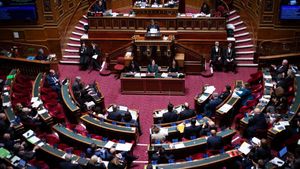
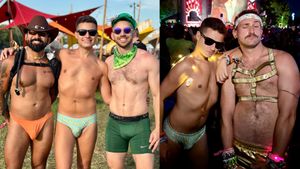
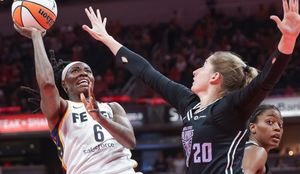

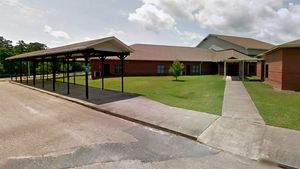



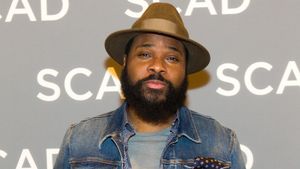
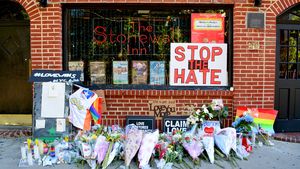

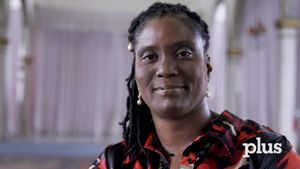
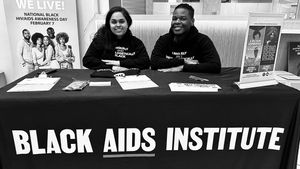
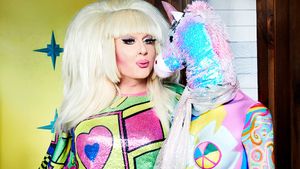
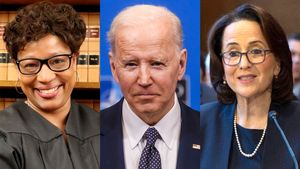


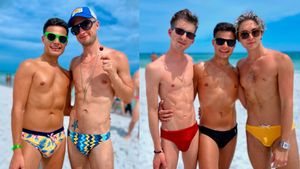
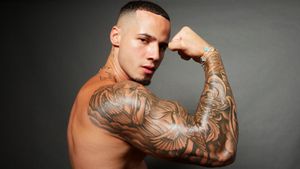

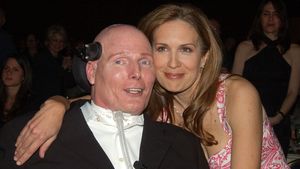


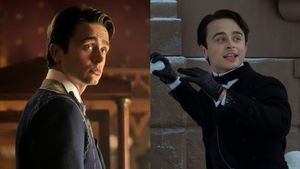
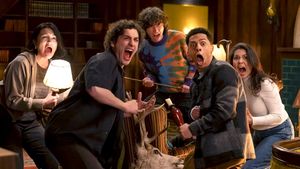

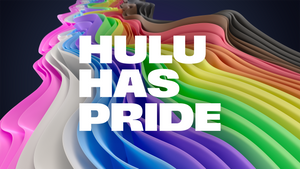


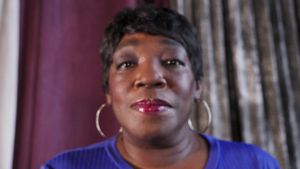


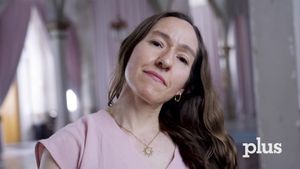






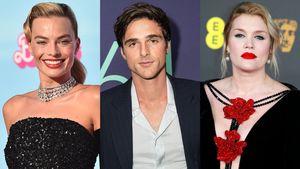


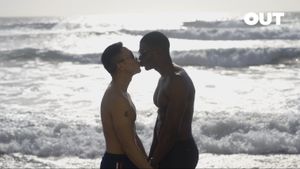

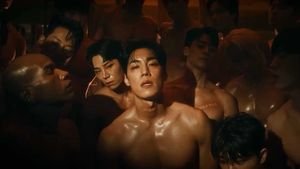

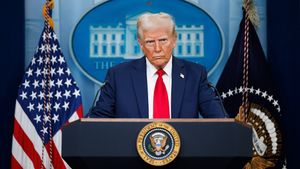









 From left: Jena Malone, Jodie Foster, Jay-Z, and Kendall and Kylie Jenner.Featureflash photo Agency/Shutterstock; Tinseltown/Shutterstock; Tinseltown/Shutterstock; Taylor Hill/FilmMagic
From left: Jena Malone, Jodie Foster, Jay-Z, and Kendall and Kylie Jenner.Featureflash photo Agency/Shutterstock; Tinseltown/Shutterstock; Tinseltown/Shutterstock; Taylor Hill/FilmMagic











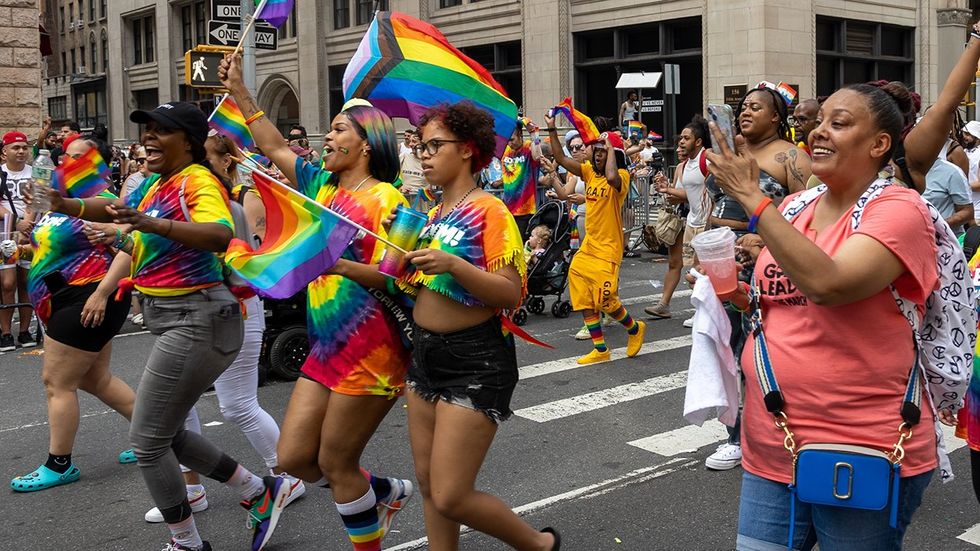 Kirkam/Shutterstock
Kirkam/Shutterstock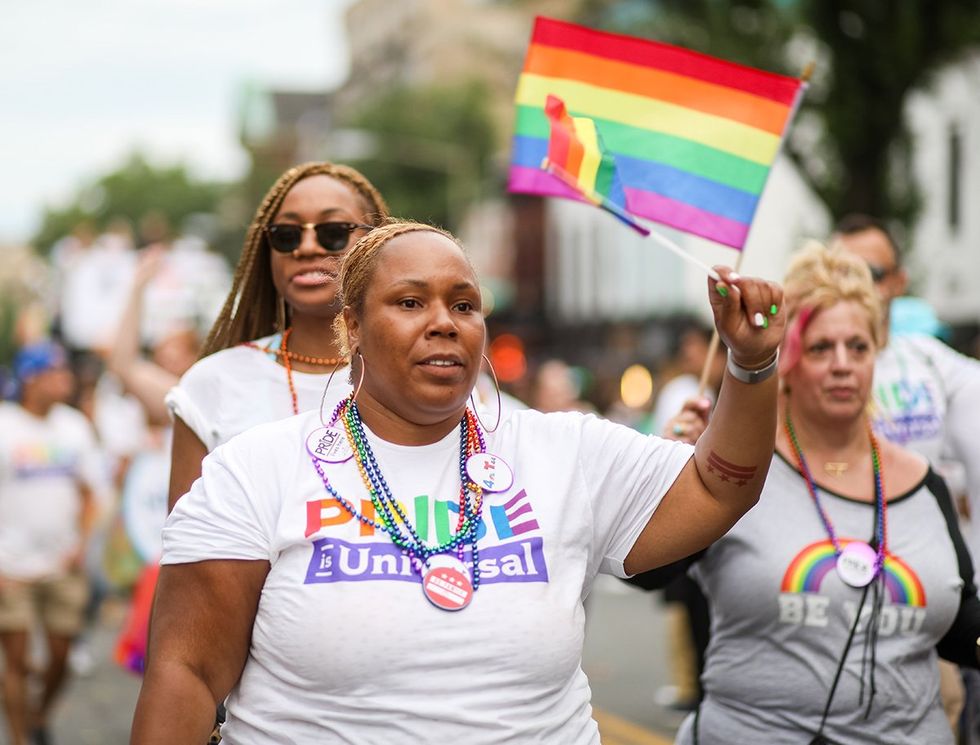
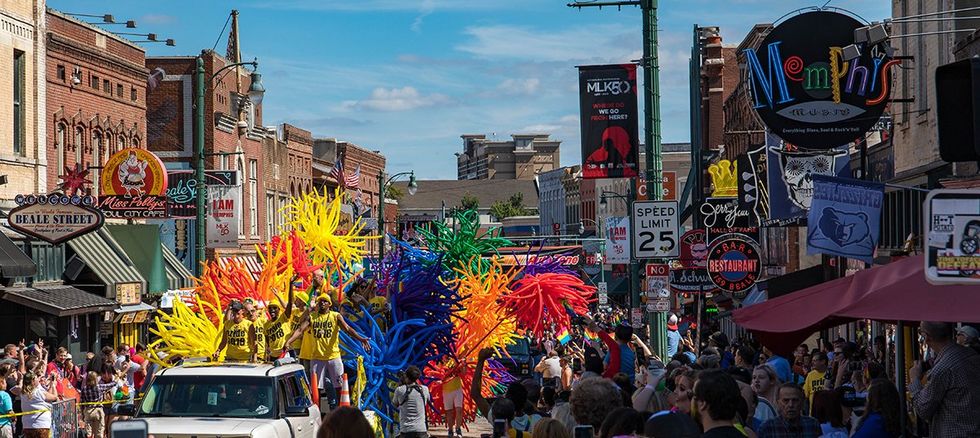
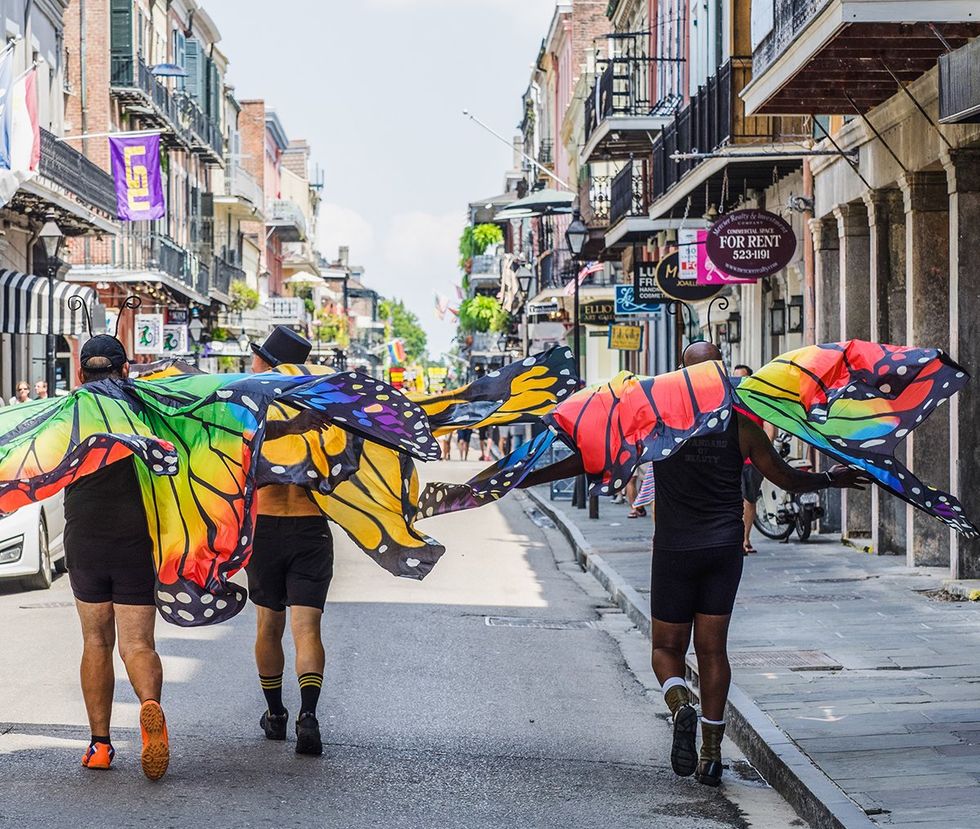

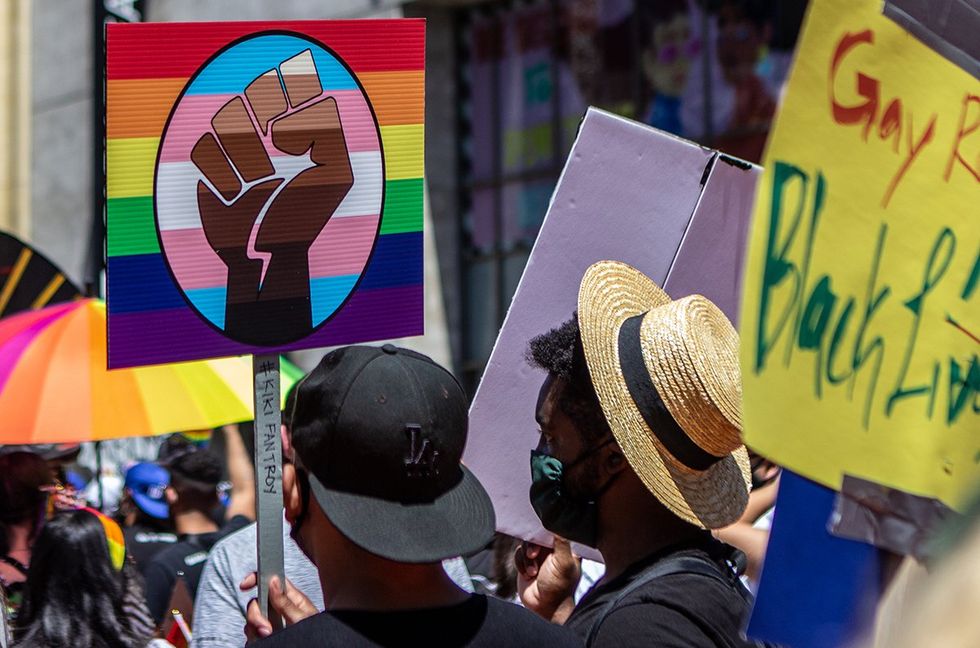
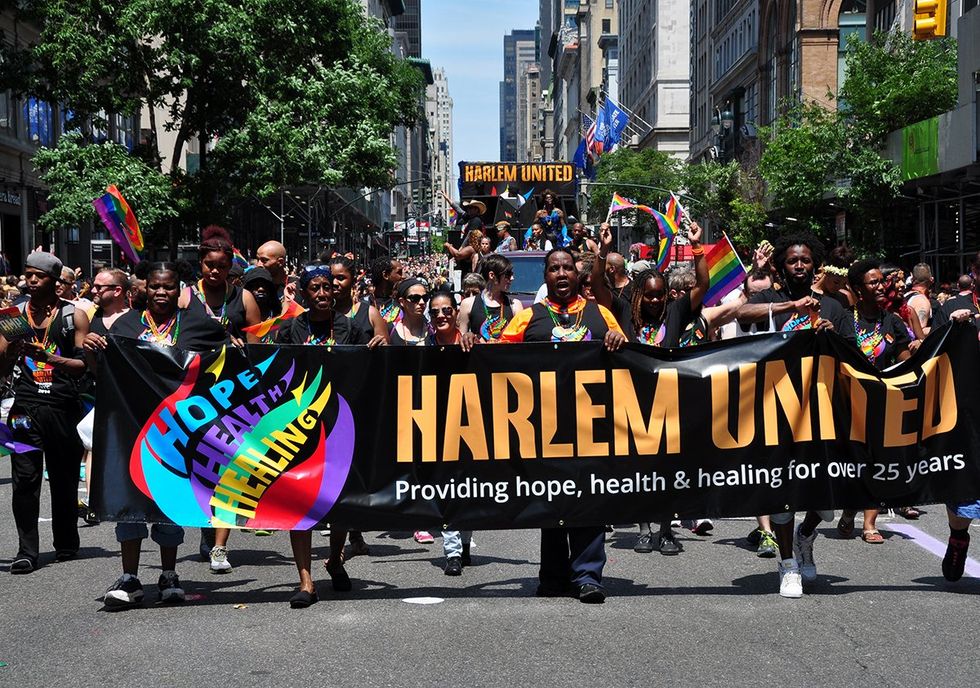
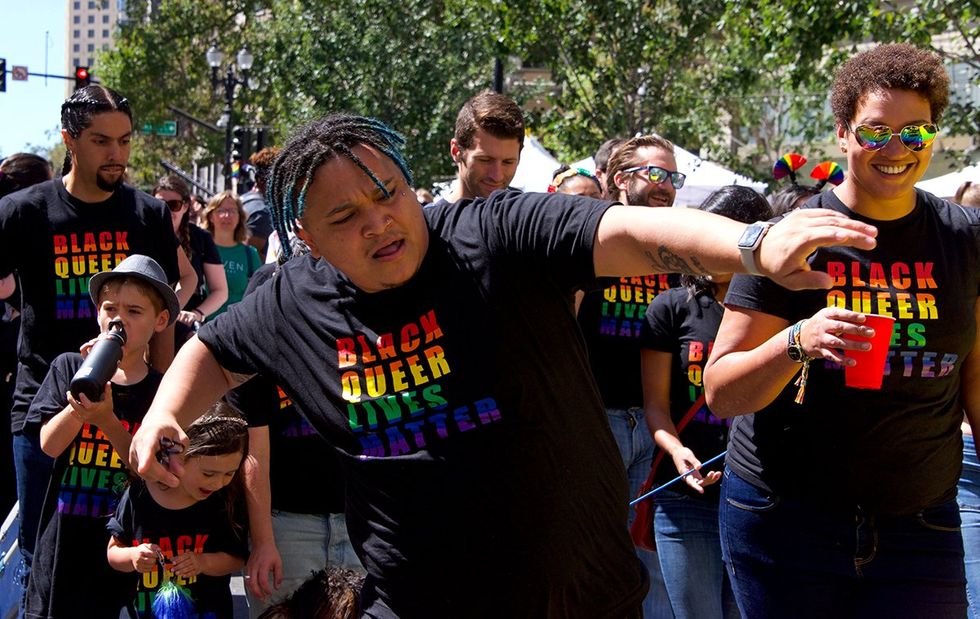
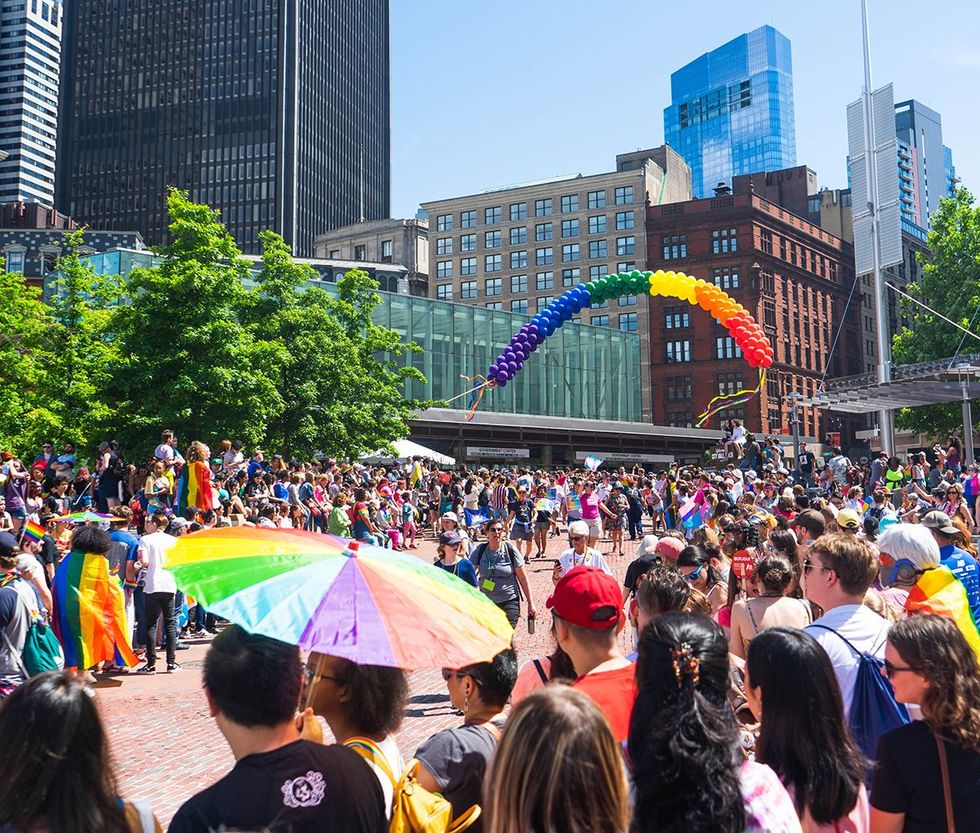
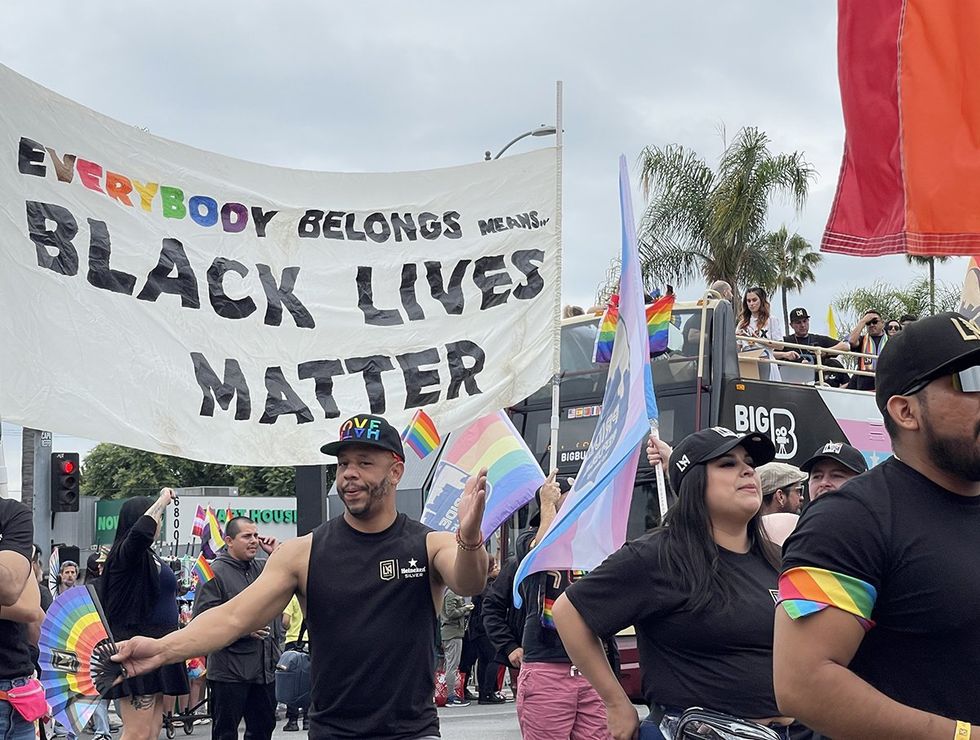
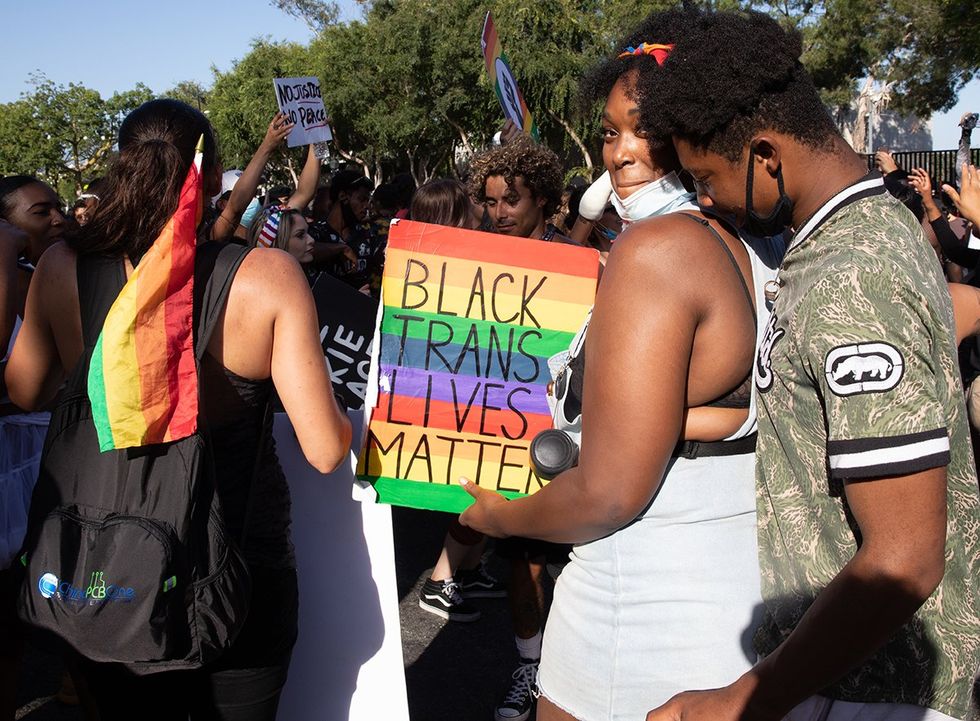
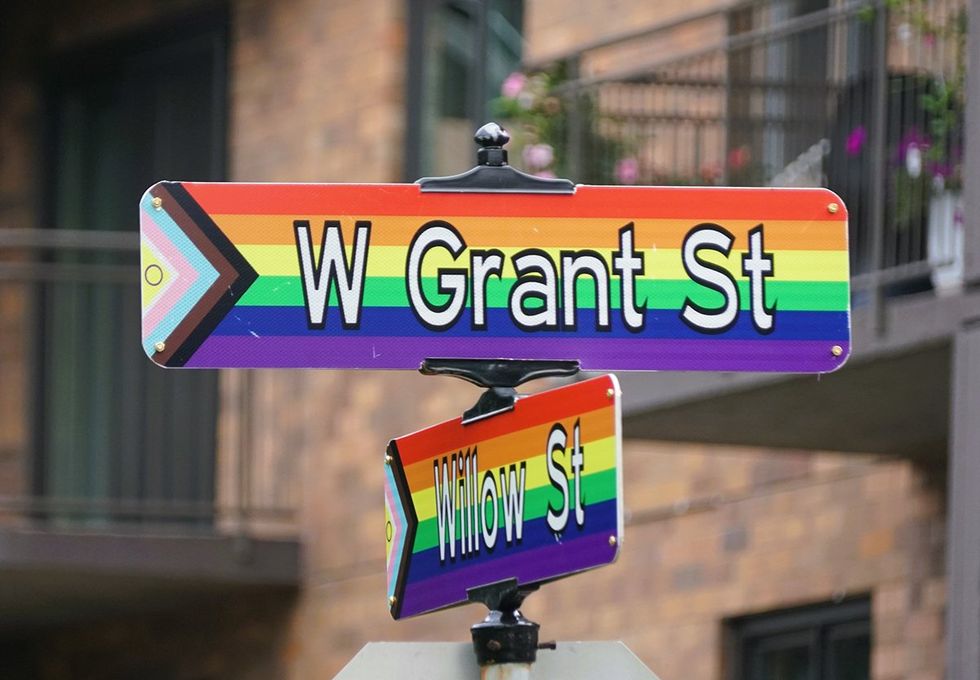

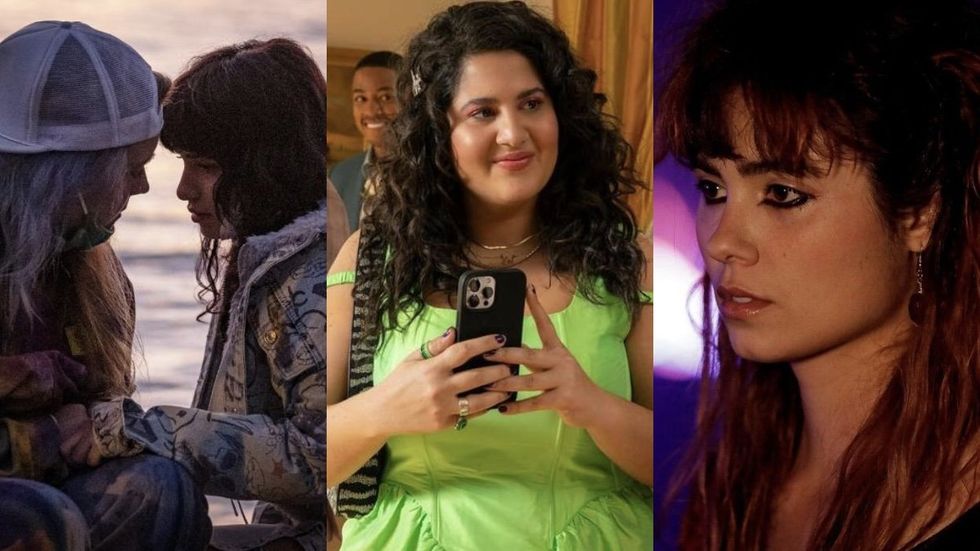 HBO TV ShowsHBO
HBO TV ShowsHBO 










